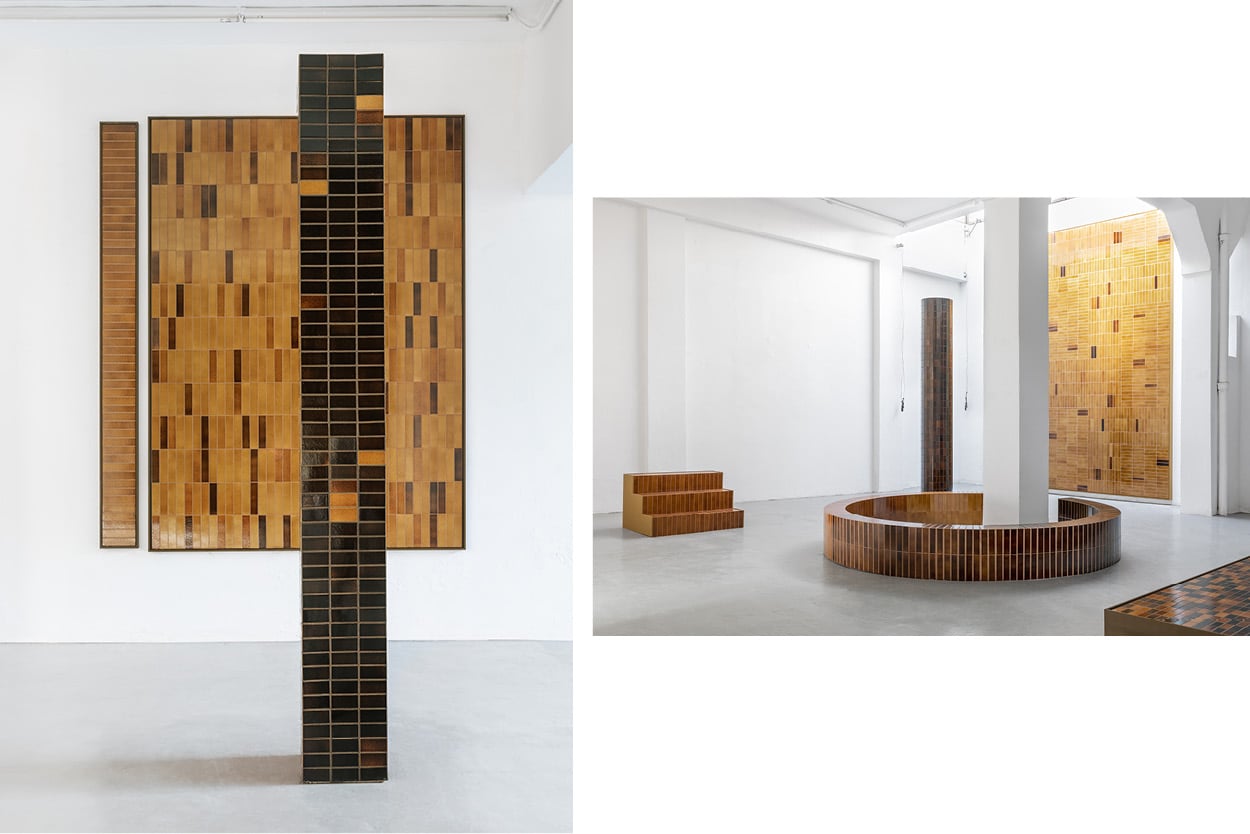
The best of Milan's Salone del Mobile 2019
A prolific architect, urbanist and critic curates his top picks for Forbes India, direct from the world's largest design fair
Milan, the design capital of the world, witnesses the highest flux of creative milieu in the spring of each year. At the Salone del Mobile, the world’s largest design fair, prominent design brands, visionaries and studios showcase their annual collections and indulge in new launches, exhibits, parties, pop-ups and cutting-edge installations spread out in the city. About 375,000 attendees from 181 nationalities made it to this year’s edition of Salone (as it is popularly called) at the Rho fairgrounds, held from April 9 to 14.
Here are our picks of the most inventive designs from the mega-fair.
Raw Material by Hermès
Hermès comes back to La Pilota this year, entrenching itself thick into materiality. Charlotte Macaux Perelman explores materials in their raw state to create branches of dry stone walls as she plots the layout of the exhibition space. Out of this year’s Hermès collection, what has left a mark includes the beautiful bulbous Hecatre and Halo lamps by designers Barber & Osgerby in black granite, and super white Limoges porcelain respectively. The cable is sheathed in velvet cow hide.

The Coulisse is another geometric lamp by designer Tomas Alonso. With the use of materials such as bamboo, Japanese paper screen and copper with an embedded LED source, the delicate assembly is reminiscent of modernist sensibility.
The gorgeous throws and plaids showcased are creations of Studio Hermès, which are hand spun, hand woven and hand overdyed cashmere and yak wool. They appear in immersive colours of indigo, mint, charcoal, fuchsia and coral.












